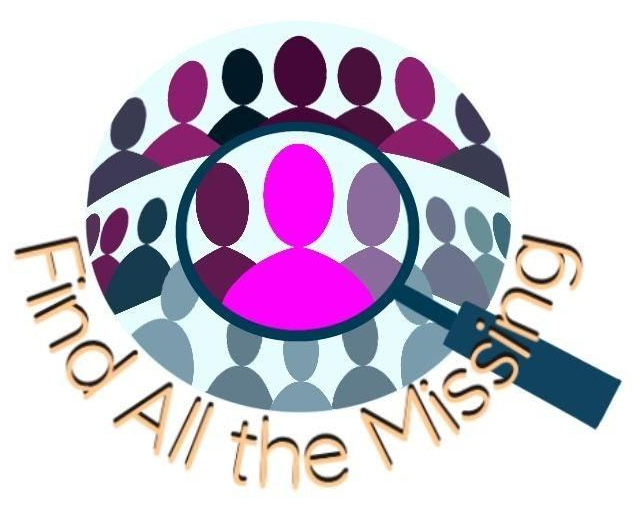Lost Without a Trace: The Missing of Color
By:
Dr. W. Christopher Cason
On
27/02/2024Reading time:
4 min
Summary:
The reported (and yet unresolved) cases of missing persons throughout the U.S. is alarming enough. What is even more alarming is the realization that like many incidents, these cases are severely under-reported. Essentially, there are many, many more persons missing than we know about, merely the tip of an enormous iceberg of unknown and therefore unresolved cases. That needs to change!
Explore the phenomenon as well of people of color, in particular, who mysteriously disappear without a trace, and the possible societal and institutional factors that contribute to their invisibility.
When we hear about cases of missing persons, our first instinct is to hope for a safe resolution. We turn to the media to provide coverage and updates on these cases, but have you ever noticed a pattern? The stories that dominate the headlines are often those of white individuals. The voices and faces of missing individuals of color are often silenced and overlooked. This raises the question: why are cases of missing persons of color not given the same attention and priority?

Like all others, missing persons of color are not nameless, faceless, or unworthy of attention and being found
The Role of Media in Highlighting Cases of Missing Persons of Color
The media plays a crucial role in shaping public perception and awareness of missing persons cases. However, when it comes to individuals of color, their stories are often underrepresented in mainstream media. A study by the Black and Missing Foundation found that missing person cases involving African Americans only receive about a third of the media coverage compared to cases involving white individuals. This lack of representation perpetuates a harmful narrative that only certain individuals are deemed worthy of media attention and resources.

Regardless of the color of the person missing from this once occupied park bench, they deserve the same attention
Uncovering the Stories of Missing Persons of Color
But why does this racial bias exist in missing person cases? One reason could be the underlying stereotypes and prejudices that still exist in our society. Society tends to value the lives of white individuals more, and this is reflected in the media coverage of missing person cases. Furthermore, language used in media reports can also contribute to this bias. We often see descriptors such as “rise of the missing white woman syndrome,” highlighting the disproportionate media attention given to cases of missing white women.

Media coverage of missing persons of color cases is still sadly inadequate,
exacerbating anguish of friends and family
Fighting Against Racial Bias in Missing Persons Cases
The fight for equal media representation of missing individuals of color is not only about raising awareness, but it also has real-life consequences. Cases of individuals of color are often overlooked due to the implicit bias within law enforcement. This leads to inadequate investigations, delayed search efforts, and ultimately, a lower chance of finding the missing individual. By shining a light on these stories through media coverage, we can bring attention to the issue and demand for equal treatment in missing persons cases.
Without diversity, we lose the vibrant colors that make our world truly beautiful and rich.
The Intersection of Race and Class in Missing Person Investigations
The intersection of race and class also plays a significant role in the way missing persons cases are perceived and handled. Individuals from marginalized communities, such as low-income families, often do not have the same resources or media connections to bring attention to their missing loved ones. This further perpetuates the cycle of unequal representation and resolution for missing persons of color. It is essential for law enforcement and media outlets to acknowledge these systemic issues and work towards a more inclusive and equitable approach in handling missing persons cases.
Friends and family of missing persons don't care about race or class... all they want is for their loved one to be found
In conclusion, the unequal representation of missing persons of color in the media is a pressing issue that needs to be addressed. All missing persons deserve to be given the same attention and resources, regardless of their race or socioeconomic status. By highlighting these stories, we can bring attention to the issue and fight against racial bias in missing persons cases. Let us come together to ensure that the voices and faces of the missing of color are never forgotten or silenced.
